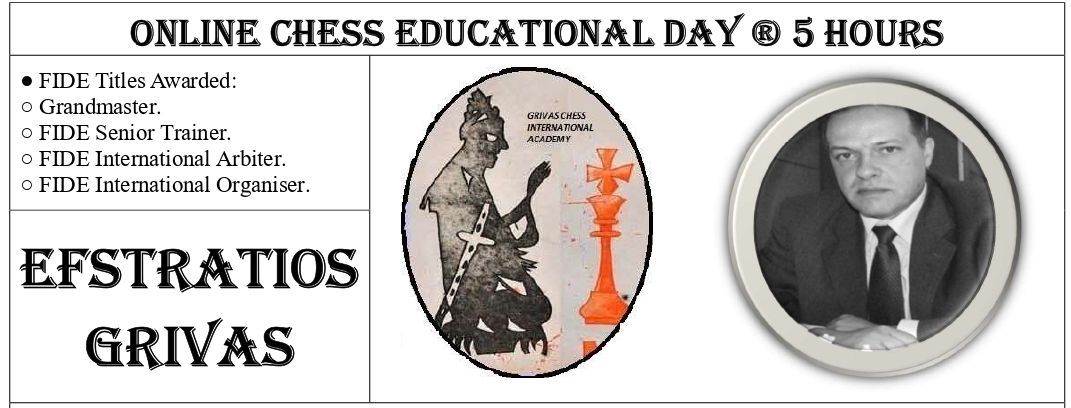.jpeg)

.jpeg)

Batteries generally refer to heavy pieces (rooks and queens) on an open or semi-open file, but (as mentioned above) the term also applies to long-range pieces that occupy the same diagonal.
Batteries are important because they put immense pressure on a file or diagonal, often with devastating results. It is particularly effective to form a battery using rooks because they may be combined to occupy the same rank or file. In theory, bishops may also form a battery in a case of underpromotion of a pawn to a bishop occupying the same diagonal as the other bishop. In actual games, however, the queen and rooks are often employed.
Batteries are often used as part of a combination which may involve other types of tactics as well. When the queen and a bishop are forming a battery, it is rather common to have the bishop on an open diagonal, supporting its queen. A rare case is the formation (battery) of a queen and bishop, when the bishop hasn't developed yet!
By this way, defensive or attacking purposes are fulfilled, and we will examine the why and how. Click on the notation or diagrams to follow the moves on a special replay board.
- Part two coming soon -
Efstratios Grivas

Efstratios Grivas was born in March 1966 in Egio, Achaia and grew up in Athens. His registration at the Kallithea Chess Club in 1979 was his first contact with chess. Two years later he won the Greek Cadet Championship. He was trained by IM Dr. Nikolai Minev (1981–1982), FM Michalis Kaloskambis (1984–1986), GM Efim Geller (1987–1988) and IM Nikolai Andrianov (1990–1996). Currently he is living and working in the UAE.
Here are the important stations of his chess career:
Titles Awarded: Grandmaster, FIDE Senior Trainer, FIDE Arbiter, FIDE Organiser.
Working Positions: Former Secretary of the FIDE (World Federation) Trainers' Commission (10 years), Secretary of the European Chess Union Training Commission, Director of the Grivas Chess International Academy (FIDE Academy), Former Director of the Sharjah International Chess Academy.
Achievements as a Player:
Achievements as Coach/Trainer/Captain:
Video interview with Efstratios Grivas
| Advertising |